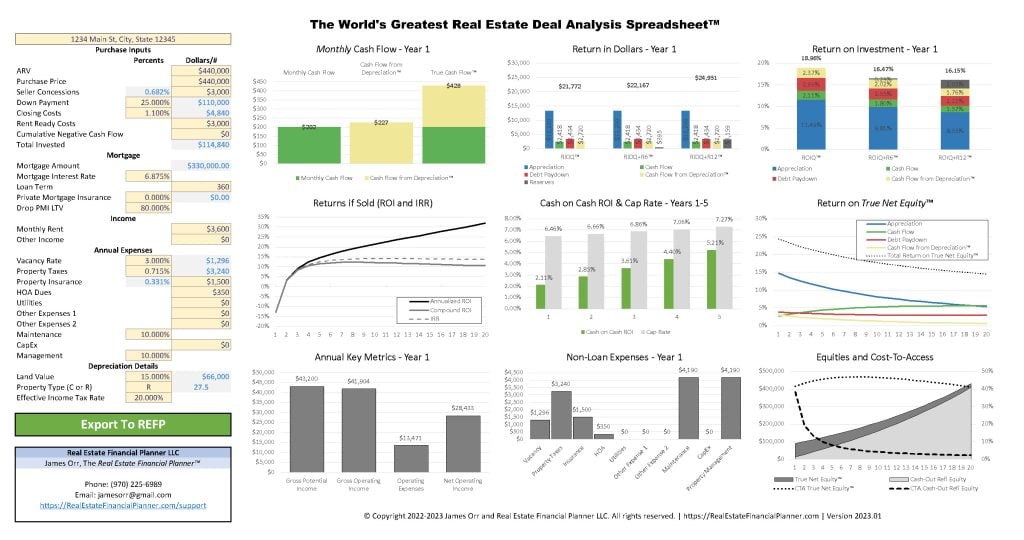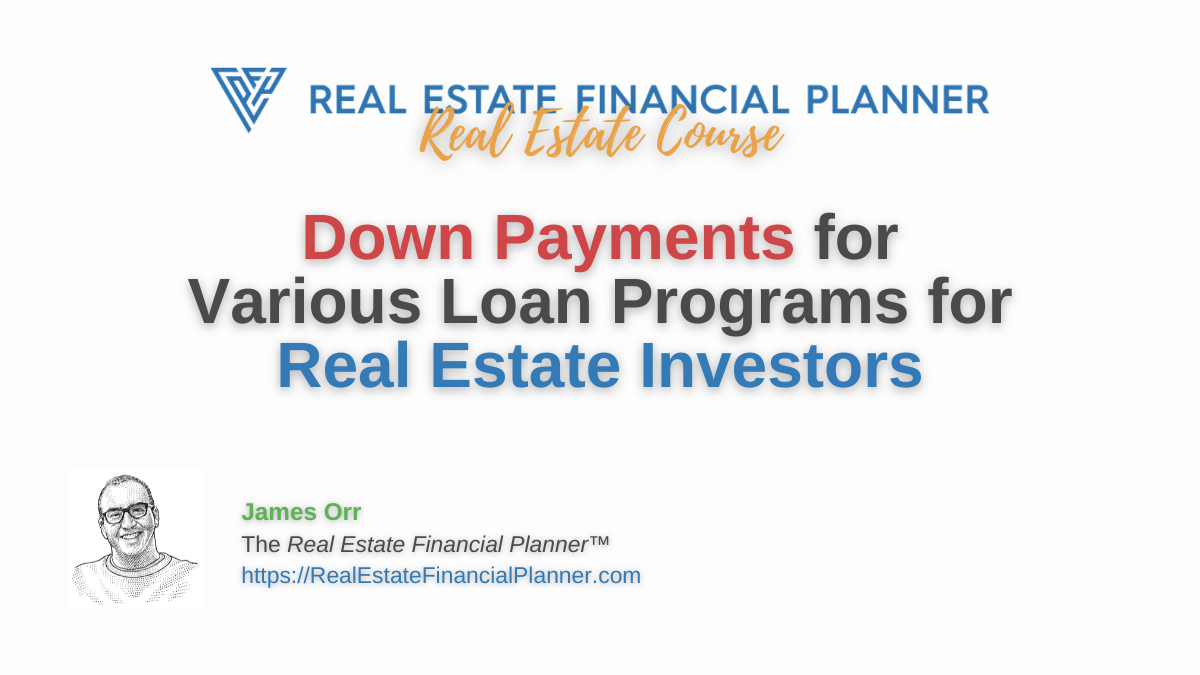Are you a real estate investor looking to purchase a rental property but unsure of the down payment requirements for different loan programs? In this blog post, we will explore the various mortgage and loan programs available to investors and discuss their down payment requirements. Whether you are considering traditional financing options or more creative methods, this guide will provide you with all the information you need to make informed decisions and achieve your investment goals.
Two Categories of Loans for Investors
When it comes to loan programs for real estate investors, they can generally be grouped into two categories: non-owner-occupant and owner-occupant. Non-owner-occupant programs are designed specifically for real estate investors, while owner-occupant programs are primarily for those willing to live in the property for a period of time. For example, they can be used by real estate investors utilizing the Nomad™ real estate investing strategy and house hacking.
Non-owner-occupant programs typically require higher down payments and have stricter qualification requirements, as they are viewed as riskier for lenders. However, with these programs, you are not required to move into the property.
Understanding the differences between these two categories of loan programs can help you determine which options are best suited to your investment needs and goals.
Non-Owner-Occupant Investor Down Payments
When it comes to non-owner-occupant loan programs, they are primarily designed for real estate investors and typically have higher down payments, higher interest rates and stricter qualification requirements than owner-occupant loan programs.
Conventional financing, for example, typically requires a 15-20% down payment to secure the loan for investment properties. However, for down payments less than 20%, an option to pay private mortgage insurance (PMI) may be available. This can provide flexibility for investors who want to secure the loan without having to come up with a large down payment upfront.
Hard money loans are another option for real estate investors who may not have the cash available for a down payment. These loans may offer nothing down, but often come with higher interest rates and shorter loan terms. It’s important to note that hard money loans are typically a short-term solution and are not meant for long-term financing.
Commercial loans are also an option for non-owner-occupied properties, but they typically require a 20% or more down payment. These loans can be difficult to obtain for properties with less than five units, and are often reserved for larger commercial properties.
In summary, non-owner-occupant loan programs offer unique options for real estate investors looking to purchase investment properties. Conventional financing, hard money loans, and commercial loans are all viable options for securing financing, but it’s important to carefully evaluate the terms and requirements to determine the best fit for your investment needs and goals.
Owner-Occupant Down Payments
Owner-occupant loan programs are primarily for those willing to live in the property for a period of time. These loan programs are primarily used by real estate investors utilizing the Nomad™ real estate investing strategy and house hackers.
VA loans require 0% down payment, but VA eligibility is required.
USDA loans also require 0% down payment, but the property must be in a rural area.
Local banks may offer 0% down payment programs, but availability varies by area.
Conventional loans require a 3% down payment, with improved terms available at 5% and up.
FHA loans require a 3.5% down payment.
All of the loans above can be used to purchase single family homes, condos, and townhomes.
If you purchase a duplex, triplex, or fourplex, you need to move into one of the units to qualify for the loan. You could do this with a 0% down VA loan or a 3.5% down FHA loan.
Buying a property with 5 or more units requires commercial financing. You typically can’t move into a property as an owner-occupant with these types of 5+ unit commercial loans.
The terms for private loans and creative financing with a seller are negotiable with the private party, so there is no standard down payment amount. You could negotiate nothing down, or the private party you’re negotiating with could require more.
Analyzing Deals with Different Loans/Down Payments

The World’s Greatest Real Estate Deal Analysis Spreadsheet™ is ideal for analyzing investment deals with a variety of loans types. Download it for free.
Programs Can Change
Remember, loan programs and their requirements can change over time. It’s important to stay in touch with your lender or mortgage broker to ensure you have the most up-to-date information and are aware of any new loan programs or changes to existing ones. This will help you make informed decisions and stay on top of your real estate investment goals.

